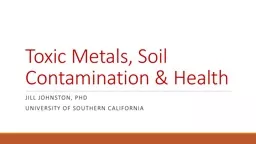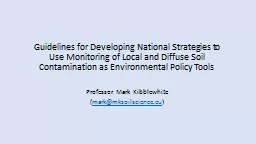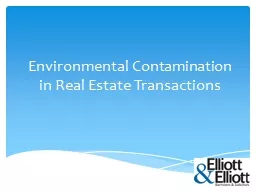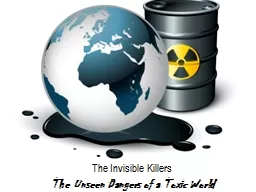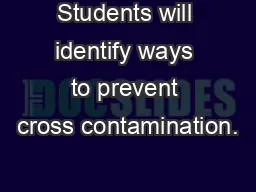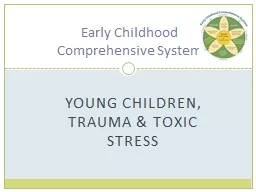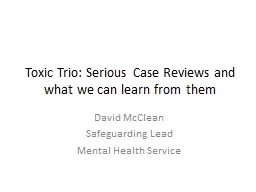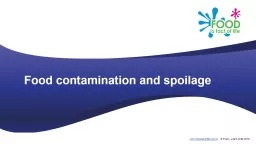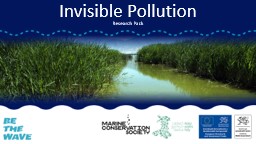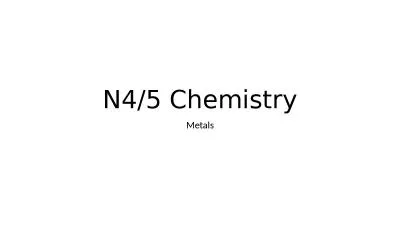PPT-Toxic Metals, Soil Contamination & Health
Author : mitsue-stanley | Published Date : 2017-07-12
Jill Johnston PhD University of Southern California SoCal Environmental Health Sciences Center Based at USC Division of Environmental Health Focus on the impact
Presentation Embed Code
Download Presentation
Download Presentation The PPT/PDF document "Toxic Metals, Soil Contamination & H..." is the property of its rightful owner. Permission is granted to download and print the materials on this website for personal, non-commercial use only, and to display it on your personal computer provided you do not modify the materials and that you retain all copyright notices contained in the materials. By downloading content from our website, you accept the terms of this agreement.
Toxic Metals, Soil Contamination & Health: Transcript
Download Rules Of Document
"Toxic Metals, Soil Contamination & Health"The content belongs to its owner. You may download and print it for personal use, without modification, and keep all copyright notices. By downloading, you agree to these terms.
Related Documents

